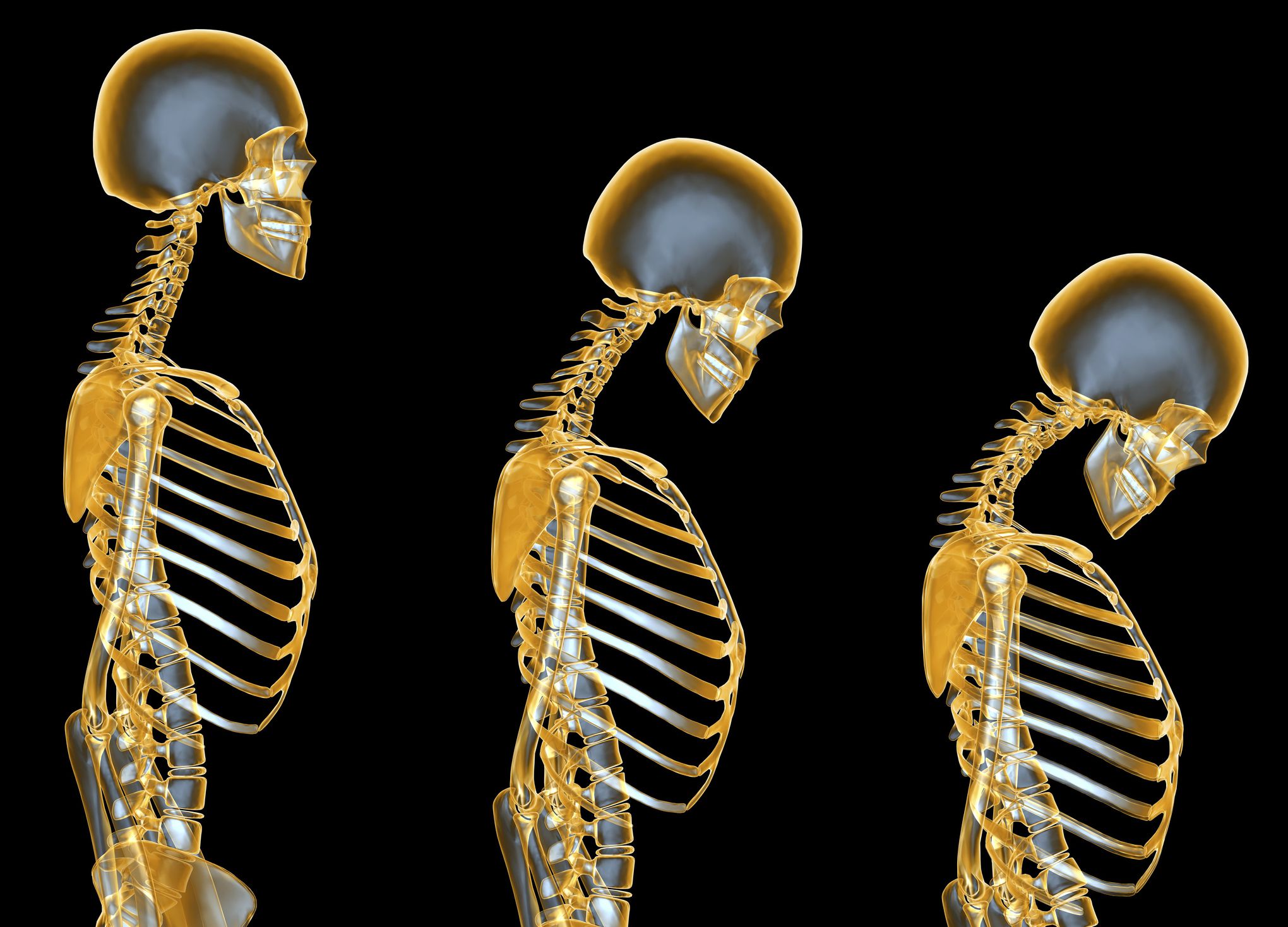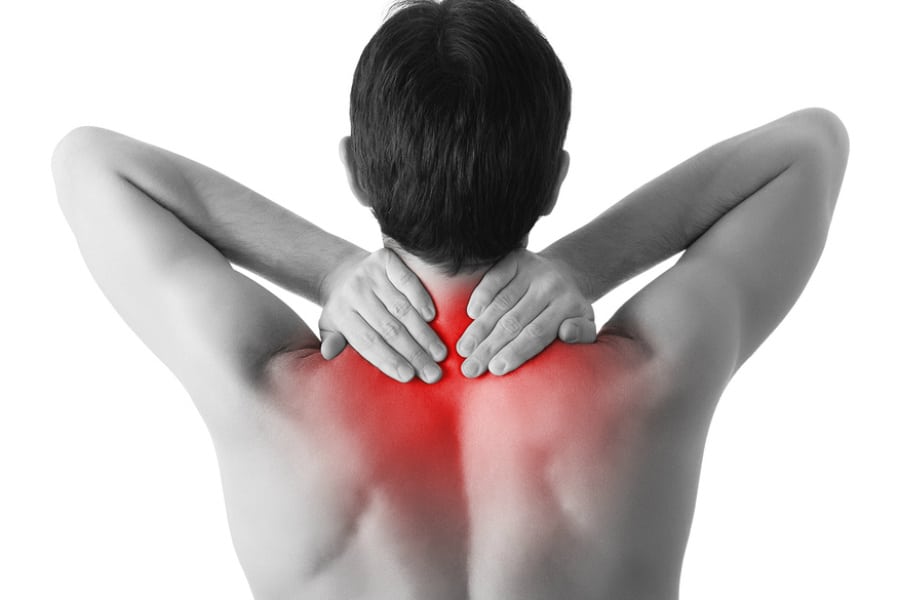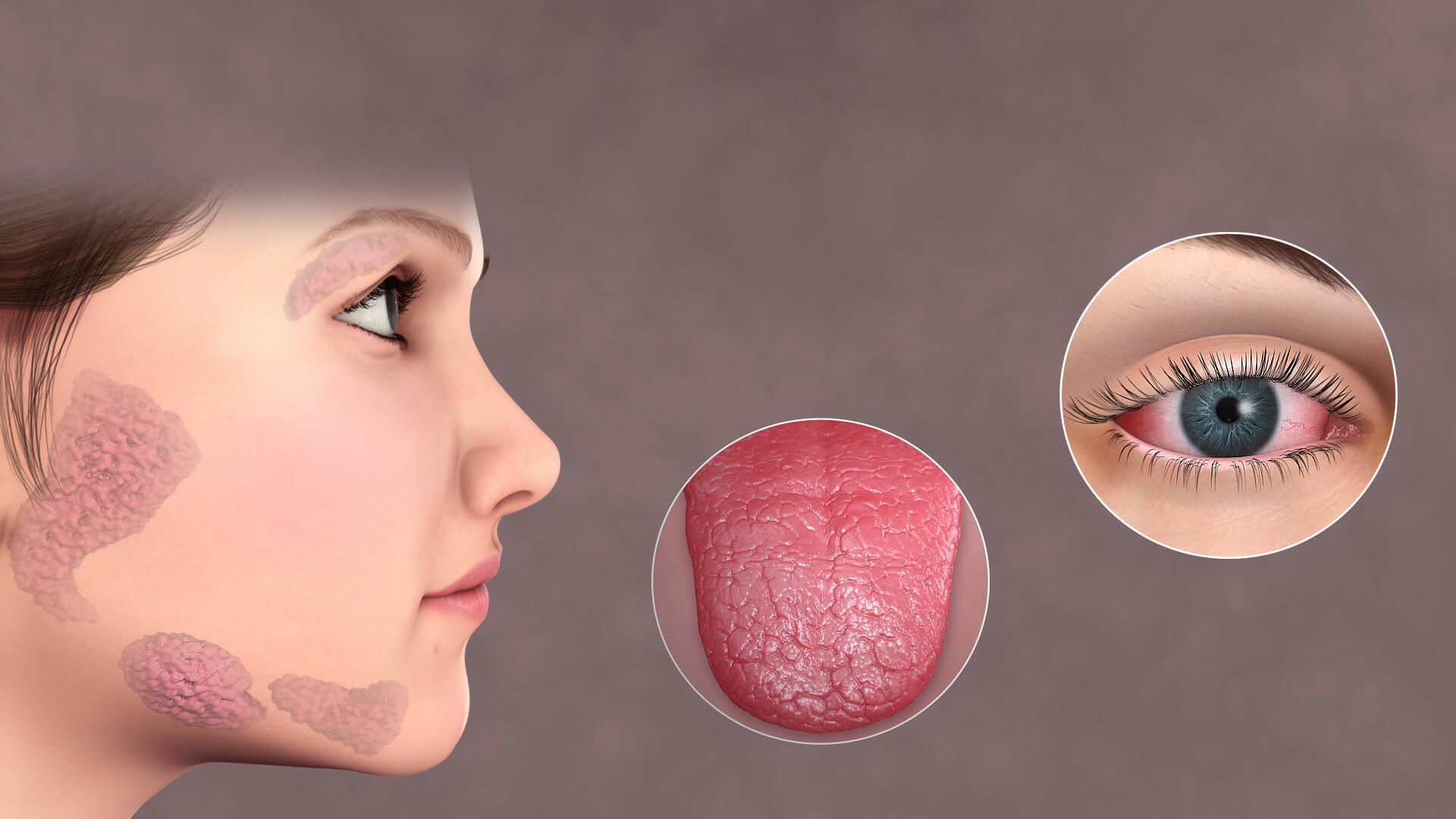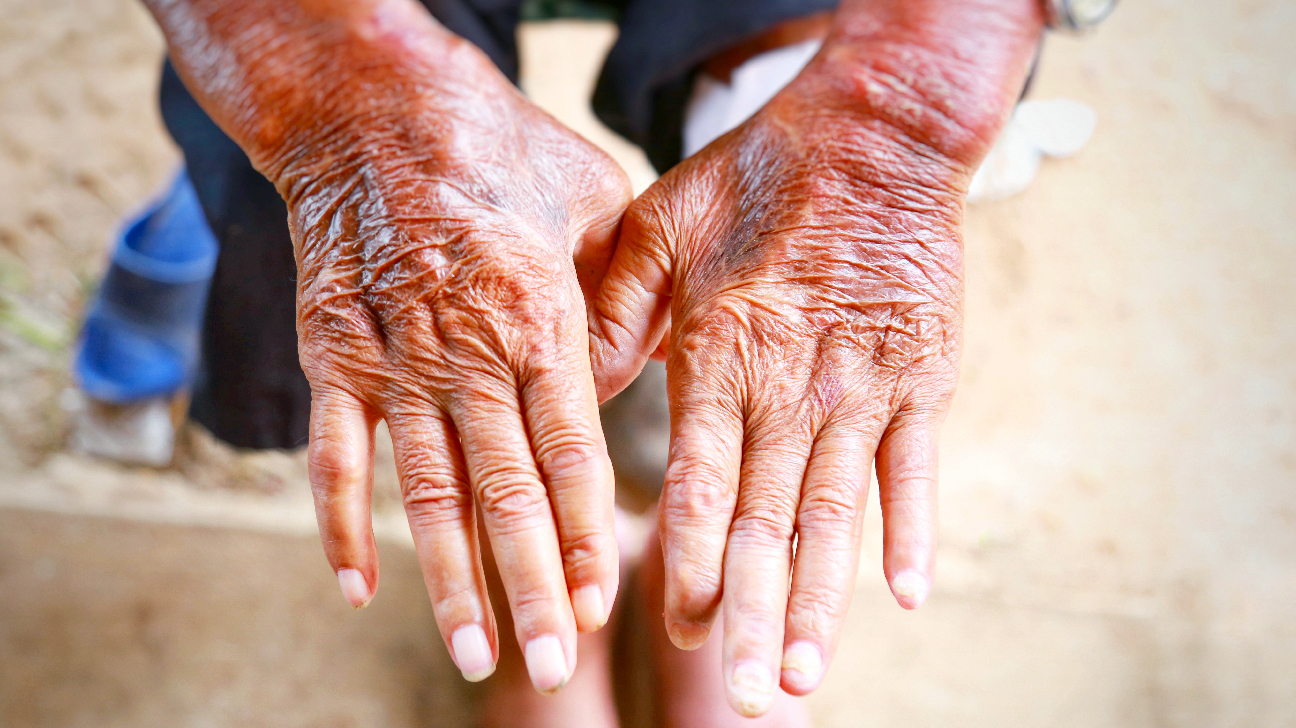Osteoporosis weakens bones , making them more susceptible to sudden and unexpected fractures . Osteoporosis means you have less bone and mass strength .
The disease often progresses without any symptoms or pain , and is usually not discovered until the weakened bones cause painful fractures .
Most being fractures of the hip , wrist , and spine
Osteoporosis causes
Your bones are made of living , growing tissue . The inside of healthy bones look like a sponge . When osteoporosis occurs , the ” holes ” in the ” sponge ” grow larger and more numerous , which weakens the inside of the bone .
Bone remodeling basically supplies the body with needed calcium while keeping the bones strong .
After age 35 , bone breakdown occurs faster than bone buildup , which causes a gradual loss of bone mass . If you have menopause or osteoporosis , the rate of bone breakdown occurs even more quickly .
Osteoporosis symptoms
Osteoporosis is sometimes called a silent disease because there are usually no visible symptoms . However , you should watch out for the following signs :
+ Bone fractures
+ Change in posture ( stooping or bending forward )
+ Shortness of breath ( smaller lung capacity due to compressed disks ) .
+ Loss of height ( getting shorter by an inch or more ) .
+ Pain in the lower back .
You are at risk for developing osteoporosis depending on gender and age .
+ Everyone’s risk for osteoporosis fractures increases with age . ( Women over 50 bear the greatest risk )
+ Your proclivity to developing osteoporosis is linked to ethnicity .
( Caucasian and Asian women are more likely to develop osteoporosis … but African – American & Hispanic women are at risk as well )
+ Family history plays a role too in getting osteoporosis.
+ Eating foods that lack calcium and vitamin D also plays a role .
+ Lifestyle habits like tobacco and alcohol use may lead to osteoporosis .
Osteoporosis Diagnosis
Your healthcare provider can order a test regarding your bone health before problems begin .Bone mineral density (BMD ) tests should be done by all women over the age of 65 .
Men over age 70 , should also consider getting a BMD test .
Treatment for Osteoporosis
Treatments for established osteoporosis may include exercise , vitamin and mineral supplements and medications .
Consider weight – bearing , resistance and balance exercises .
Supplementation is often suggested to help you prevent or alleviate osteoporosis .
Osteoporosis medications
It’s not really possible to say there is one best medication to treat osteoporosis . The ‘ best ‘ treatment is the one that is best for you .
You will likely know about hormone and hormone – related therapy .
+ Bisphosphonates (stop the body from re – absorping bone tissue )
+ Biologics like Denosumab .
The recommended amount of daily
Calcium intake is 1000 mg to 1200 mg daily via diet and / or supplements . Taking more than this amount may be associated with an increased risk of kidney stones , calcium buildup in the blood vessels and even constipation .
You and your rheumatologist will always need to discuss whether the benefits of taking something , whether it’s a prescription drug or supplement , outweigh the risks .
Some tips for living with osteoporosis :
Get enough exercise , avoid excessive caffeine and alcohol consumption while eating well . Avoid falls in the home if you can , use grab bars in the bathroom and railings on stairways .
Summary :
Remember that you are able to lead an active and fulfilling life even if you do have osteoporosis . Always consult your rheumatologist incase you fall , or if you have back pain that is severe that comes on suddenly . It’s important to work together with a rheumatologist for optimum relief and support going forward .



